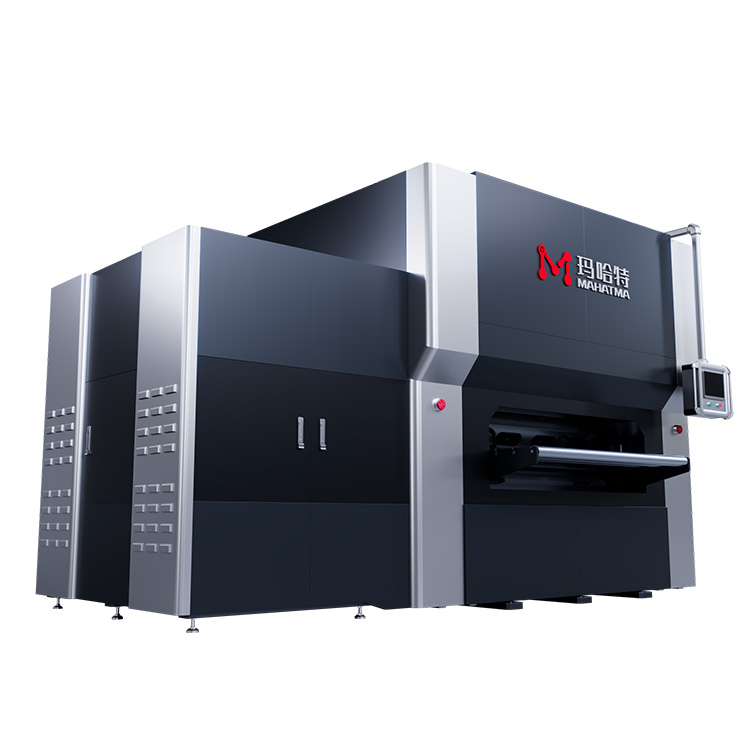Knowledge of sheet metal processing technology
What is a sheet metal part? Sheet metal parts are parts made by a comprehensive cold working process for sheet metal (usually less than 6mm), including shearing, punching / cutting / compounding, folding, welding, riveting, splicing and forming. Features: 1. Uniform thickness. For a part, the thickness of all parts is the same; 2. Light weight, high strength, conductivity, low cost and good mass production performance.

Processing technology
No.1 shear: the equipment of the shear process is a plate shear, which can cut a metal sheet into a basic shape. Advantages: low processing cost; Disadvantages: general accuracy, burr in cutting, single cutting shape, simple rectangle or other simple graphics composed of straight lines. Before the shearing process, the unfolding size of the part must be calculated. The unfolding size is related to the bending radius, bending angle, plate material and plate thickness.
No.2 punching: the equipment of punching process is a punching machine, which can further process and shape the cut materials. Stamping various shapes requires different molds. Common molds include round hole, long round hole and boss; High accuracy. Boss: the material is not removed. Note that the height of boss is limited, which is related to plate material, plate thickness, boss slope angle, etc. There are many kinds of bosses, including cooling holes, mounting holes, etc. Due to the influence of bending, the distance between the edge of the design hole and the plate edge and the bending edge will be limited.
No.3 laser cutting: processing equipment: laser cutting machine. Laser cutting can be used to complete the forming of the material before bending when the cutting and punching process cannot be completed, or when the plate with high hardness is easy to damage the die, such as fillet, or there is no ready-made die to punch the required shape. Advantages: cutting without burr, high precision, can cut any graphics, such as leaves, flowers, etc; Disadvantages: high process cost.
No.4 bending: processing equipment: bending machine, bending machine. They can fold or roll the metal sheet into the required shape, which is the forming process of parts; The process of cold pressing the metal sheet through the upper and lower knives of the bending machine to make it deform and obtain the required shape is called bending.
Bending is the last step of sheet metal forming. Whether the part can be unfolded and bent needs to pay attention to the following points: 1 Lack of materials. As shown in the figure below, the boss is too high and exceeds the ductility of the material. The boss is generally used to pad up the installation size or avoid the installation conflict. Therefore, the boss can be made without changing the internal structure of the material and affecting the structural strength. For example, the angle between the conical surface of the boss and the reference plane is 45 °, and the height is 3 times of the plate thickness.
2. Redundant materials: redundant materials are common where multiple bending edges are closed, mostly due to process error or drawing error.
3. Bending limit: most bending machines have certain restrictions on bending.
Unilateral height: the size of the bending machine and the height of the upper knife. The solution can be multilateral large angle bending. Bilateral height: no more than the maximum height of one side. In addition to all restrictions of unilateral height, it is also limited by the bottom edge: bending height < bottom edge.
4. Because the sheet metal part is formed by bending a metal sheet, the contact of the bending edge is not sealed and there is no hard connection.
If it is not treated, it will affect the strength. The usual treatment method is welding. The technical requirements on the drawing are: fillet weld, fillet weld and rounding.
No.
5 surface treatment: due to the thin plate of sheet metal parts, it is not suitable for hot galvanizing.
The common surface treatment methods are phosphating and electrostatic plastic spraying, and the color varies with the project. This process is applicable to black parts whose surface is not treated.




 add wechat
add wechat